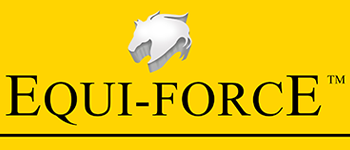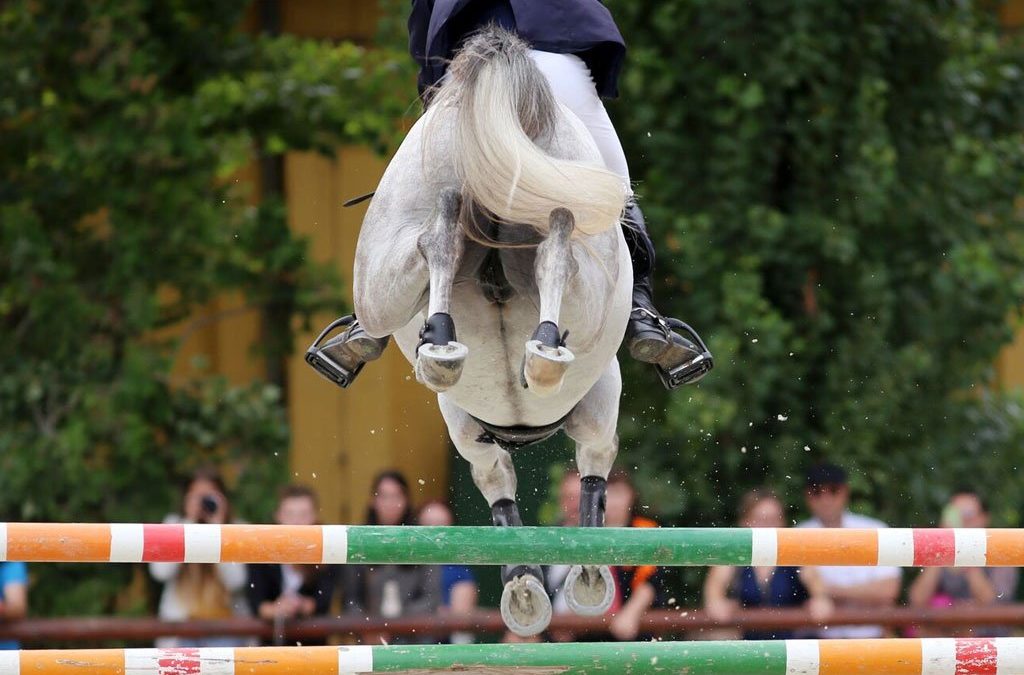Calcium – More than Just Bone
Often when we hear the word calcium we think of it as a bone-building nutrient, but calcium also serves many vital functional roles in addition to structural roles. As discussed in our previous blog post, Keeping the Horse Replenished – Equine Electrolytes, calcium is one of the most important electrolytes, which are mineral salts that create an electrical current in the horse. When evaluating the distribution of calcium in the horse we see that:
- Approximately 99% of the calcium in the body is found in the bones and teeth
- Bone is comprised of about 35% calcium
In bone, calcium plays a structural role but serves in other functions throughout the body such as:
- Causing muscle to contract
- Cardiac function
- Blood coagulation
- Cell membrane function
- Regulation of enzymes that are needed for many biochemical reactions
Due to many functions being dependent on calcium, calcium regulation in the blood is tightly controlled. When factors interfere with calcium regulation, the body must do what it can to bring the calcium level back to what is adequate. For example, when furosemide (a loop diuretic that causes water and electrolyte loss through urine) is administered before a race, a large amount of calcium, as well as other electrolytes, are removed from the blood. Within 15 minutes, calcium is being mobilized from the bone to replace what is lost in the blood and return the level to the acceptable range.
Sometimes water and electrolyte losses are so great that even homeostasis mechanisms cannot be maintained, which is the case when furosemide is administered. When homeostasis cannot be sustained, horses often are afflicted with what is termed “thumps” or synchronous diaphragmatic flutter. “Thumps” is seen in horses that have sweated or been depleted of water and electrolytes for prolonged time periods. Low blood calcium, potassium, and chlorine result in an increase in neuromuscular irritability and hypersensitivity of the phrenic nerve. With thumps, the beating of the heart stimulates the hypersensitive phrenic nerve to fire. This results in a contraction of the diaphragm seen at the flank each time the heart beats. Horses affected with thumps must be given intravenous calcium and electrolytes immediately to prevent sudden cardiac failure and other musculoskeletal and neurological problems.
Calcium’s role in the body goes beyond being a bone nutrient; it is an integral part of the body’s vital systems. The effects of not keeping the horse’s electrolyte levels properly replenished or altering the body with medication can be widespread.
This blog post was originally posted on Wednesday, August 24th, 2011 at Equine Nutrition and Health Services Blog. Blog article was re-posted with permission from blog owner, all rights reserved.

